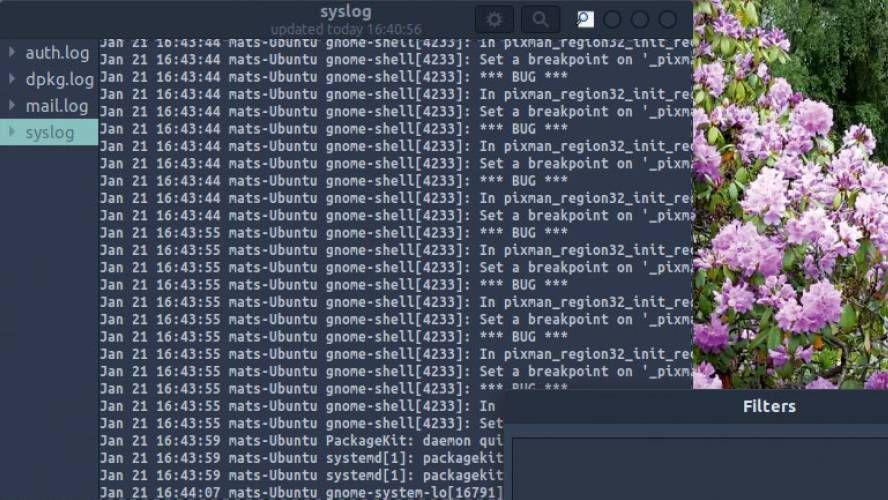Manage and read your system logs

Linux gives us a very stable and secure system – that’s why we use it. It’s this sort of attitude that makes you get arrogant and start ignoring weaknesses and threats. When you are working on documents, programs, graphics, or anything really, your system is writing to logs. In these logs, there is information that tells you how the system is running and, most interestingly, what is going wrong.
Big parts of these logs do not wreck the system, nor do they create serious problems. However, if you see and can correct small things, it can have a substantial impact on your system performance. You can also prevent a sudden crash by being ahead of bad behaviours on your system.
With this in mind we’re going to learn about the logs you should monitor to keep your system in top shape. For most users, even advanced ones like you (who me? <blush> – Ed) the install comes from a distribution medium, and some tools are installed by default. The most basic way to check your log is using cat, less or grep, in any combination that takes your fancy.
A method like that combined with dmesg will get you there. However, there are many other tools you can use. With systemd, you can use journalctl to check logs, which is the primary tool for this.
For a graphical solution, search your repositories for . You get a listing of all your logs with a view pane on the side. The most common log files are in /var/log. List the files in that directory to see what you have installed. If you’re handy with
You’re reading a preview, subscribe to read more.
Start your free 30 days



